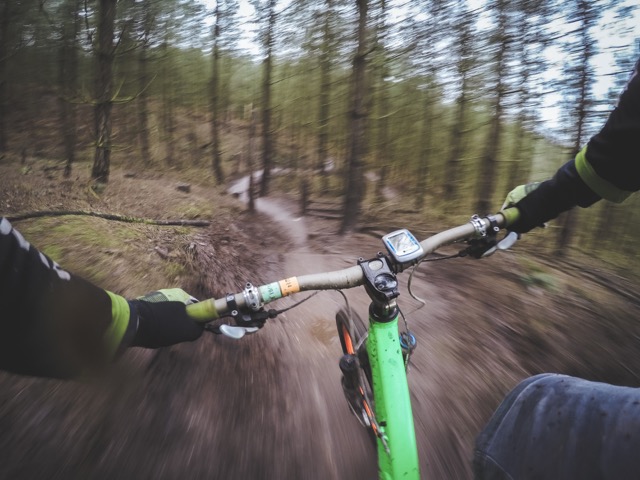No matter how much we may enjoy it, cycling can have its ups and downs and not just in the hills. Whether you are a racing snake or just out for more social cruises, having your body working in peak condition will help you have a more enjoyable experience out there.
With big cycling events like the Cape Epic and the Cape Town Cycle Tour on our doorstep, not to mention the other weekly events happening all over the Cape, it makes sense to ensure that your body is in the best shape it can be – and not just for race day. I know that since I have been getting adjusted regularly my performance, and enjoyment on and off the bike has improved.

You put large amounts of effort and long hours into the time building up to the race, so why should you feel hampered or injured or not be able to give it your best?
While many cyclists experience traumatic injuries due to falls, there is also a high risk of overuse injuries in cycling due to the repetitive nature and long hours of the sport. Let’s explore some of the most common areas where cyclists’ bodies are under the most stress and pressures. Some of these I see very commonly in practice: back pain and neck pain. Up to half of all cyclists experience neck pain and up to 30% suffer with lower back pain. And as we know, many of these problems can be linked to poor posture.

Much of what cyclists do is in a forward, hunched over position. You ride your bike hunched over, sit at your computer, sit in your car, sit at the dinner table, all hunched forward. All contributing to poor spinal health. Poor spinal health is common in more modern day lifestyles due to bad posture (on and off the bike) and can be associated with future injuries, as well as impacting our overall health.
If favouring one side of your body due to bad posture or injury, your body has to compensate to pick up the imbalances occurring through the spine. Repeating this over hours, weeks and months of training and your body can head in the direction of overuse and injuries.
Prevention can go a long way to more enjoyable rides and more importantly, better health on and off the bike.

Studies have shown that how well your spine is moving and stabilizing can have an impact on your cycling performance. In one study done on cyclists with and without lower back pain, they looked at how well the lower back moved and stabilised. They found that people who had more bending and rotation as well as poorer stability in the lower back region tended to have more pain.
The load on your back should be spread across the spine so it makes sense that if that load is being focused on one area, then it is being overworked and will eventually result in injury, and not just cycling injuries.
So how do we help our bodies work the best they can?
Regular adjustments to the spine will help improve movement between spinal joints, allow for a healthier functioning nervous system and allow for better posture on and off the bike. The Advanced BioStructural Correction (ABC)™ technique has been shown to help correct areas of the spine not functioning correctly and where the body cannot correct itself. Working on your posture outside of your adjustments, by addressing your sitting, sleeping and standing habits can help support your body and limit your posture moving into those forward positions.
Check out this video that top cycling platform Bike Radar put together on ABC™ and cycling.
Reference:
Burnett, A., Cornelius, M., Dankaerts, W. and O’Sullivan, P. (2004). Spinal kinematics and trunk muscle activity in cyclists: a comparison between healthy controls and non-specific chronic low back pain subjects—a pilot investigation.
Wilber, C., Holland, G., Madison, R. and Loy, S. (1995). An Epidemiological Analysis of Overuse Injuries Among Recreational Cyclists.
Peak Chiropractic Centre located in Claremont are family-friendly chiropractors focused on relieving aches, pains and posture correction. We offer in-house X-Ray facilities.
